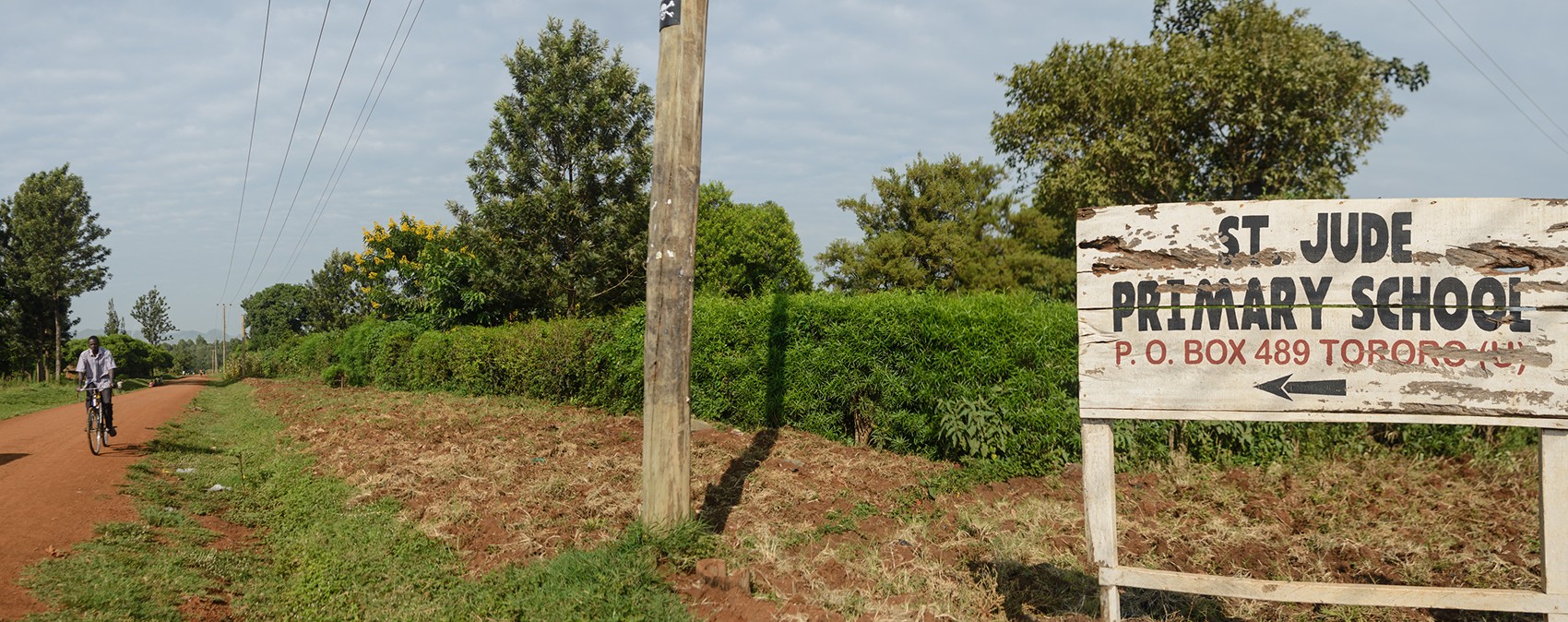75%
OF PRIMARY SCHOOL STUDENTS WILL DROP OUT
25%
9 MILLION
In Uganda, almost three-quarters of the students who enter primary school will dropout before completion. And only 1 in 4 students will make it out of primary school and into secondary school. In Africa, that translates to 9 million primary school-aged children missing out on an essential human right, education. And for those who make it into school, more than half of them will not be able to meet minimum reading levels, and two thirds of these students will not achieve the most basic mathematic standards.Gender challenges, child labour, early marriages, unmotivated teachers due to low pay, little or no healthcare options, and a lack of awareness among parents, are all contributing factors in a child’s inability to not only make it to school, but to stay in school. Of all the hurdles to leap, poverty is the greatest barrier. And for poor rural families in Uganda, living on just $1 a day, the cost of pens, exercise books, uniforms and lunch are simply beyond their reach.COFIA’s Lunch to Learn, Academic Success, Teacher Support, Uniforms for Dignity, and Health & Wellness Programs support effective learning and provide essential resources bringing opportunity, nurturing dreams, and in the end, changing lives from one generation to another.
COFIA programs bring what’s needed to learn.

WHERE IS RUBONGI?
Rubongi is one of many villages in the Tororo town, in the Eastern region of Uganda.
Landmarks: Mt. Kilimanjaro is approximately 340 miles southeast of Rubongi, Tororo.
Notice: Trying to access array offset on value of type bool in /var/www/cofiakids/wp-content/plugins/salient-core/includes/vc_templates/nectar_gmap.php on line 67












FAQs
What is produced from the Tororo region, where Rubongi is located?
Learn more
What would you see if you visited Tororo’s business district?
Learn more
How many students/teachers at St. Jude Primary School in Rubongi, Uganda?
Learn more
What is the age of students at St. Judes?
Learn more
Grades: 1-7 (no kindergarten in rural areas) School occurs all 12 months out of the year, with larger school breaks occurring throughout the calendar year.
What language do children speak in Rubongi?
Learn more
What is the weather like in Rubongi?
